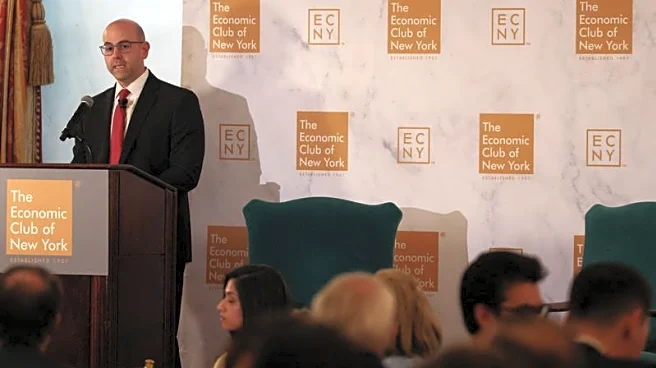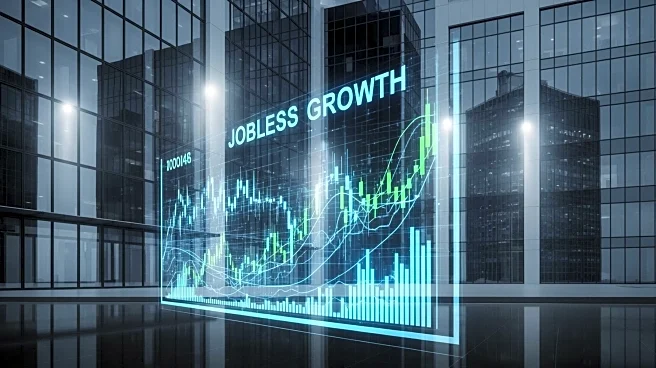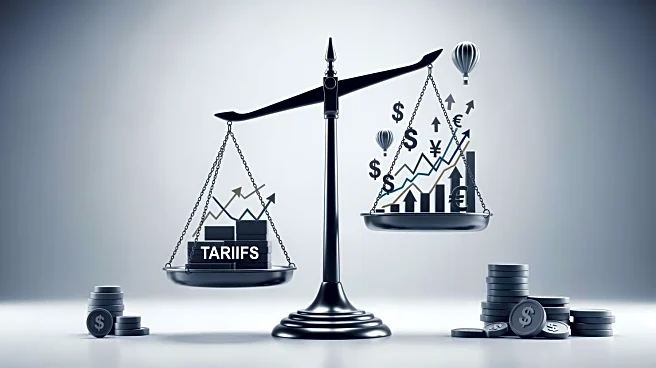What's Happening?
The Federal Reserve's latest Beige Book report indicates that U.S. economic activity has remained largely unchanged, with stable employment levels despite reports of headcount reductions. The report highlights
challenges in labor supply across sectors such as hospitality and manufacturing, attributed to recent immigration policy changes. The Beige Book, released ahead of the Fed's interest-rate-setting meeting, provides qualitative insights into the nation's economic health, emphasizing concerns about labor market softening and tariff-induced cost increases.
Why It's Important?
The Beige Book's findings are crucial for policymakers as they assess the economic landscape and make decisions on interest rates. The report's emphasis on stable economic activity and employment suggests that the Fed may maintain its current policy stance, although concerns about labor market dynamics could influence future decisions. The impact of immigration policies on labor supply highlights the interconnectedness of policy decisions and economic outcomes, underscoring the need for comprehensive approaches to address workforce challenges.
What's Next?
The Federal Reserve will consider the Beige Book's insights during its upcoming meeting, potentially influencing its approach to interest rates and economic policy. Policymakers may focus on addressing labor market issues and evaluating the effects of tariffs on cost structures. The report's findings could lead to discussions on immigration policy and its economic implications, prompting legislative or regulatory responses to support affected sectors.
Beyond the Headlines
The Beige Book's qualitative data offers a nuanced view of economic conditions, complementing official statistics and providing context for policy decisions. The report's focus on tariffs and immigration highlights broader economic challenges, including global trade dynamics and domestic workforce development. As the Fed navigates these complexities, its decisions will have significant implications for economic stability and growth.












